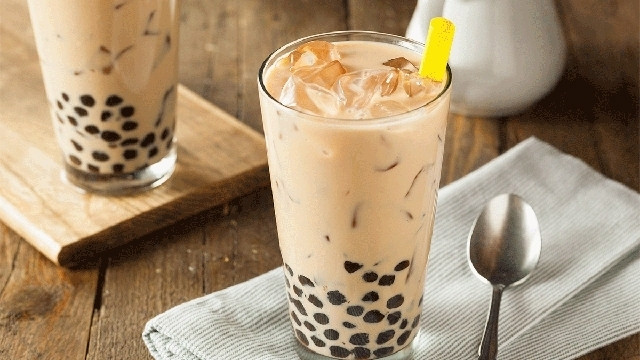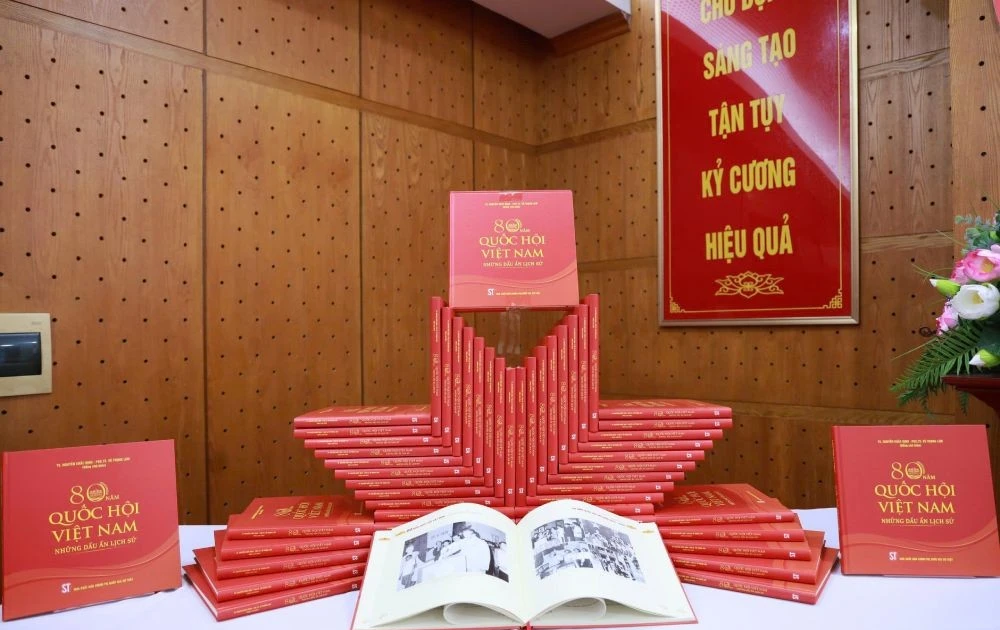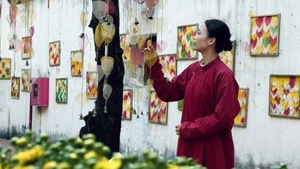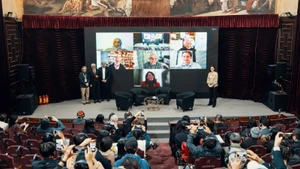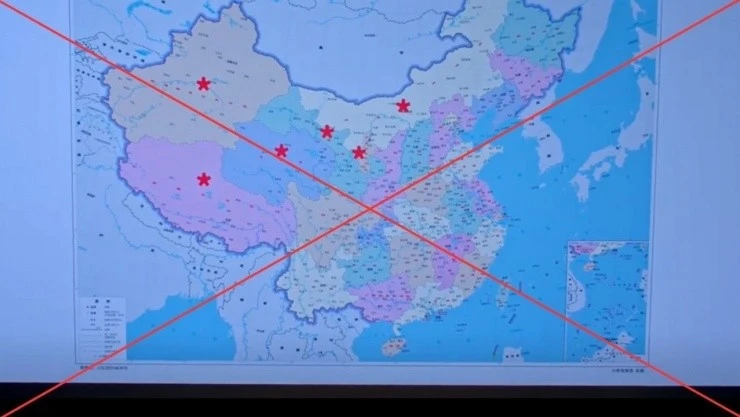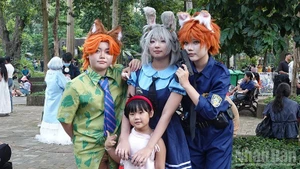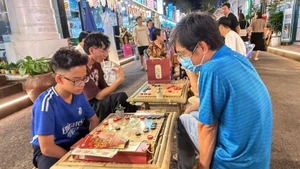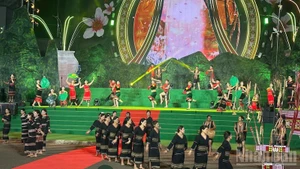After a period of being snubbed, bubble tea has quickly returned to its heyday, which raises the question as to whether or not this kind of beverage will go out of fashion similar to other fast food fads, such as spicy noodles, smoked ice cream or a milk jelly dessert known as “che khuc bach”.
Bubble tea used to enjoy strong growth but soon became unpopular in late 2009 due to rumours concerning the origin of its ingredients. 2013 marked the re-emergence of the beverage with franchises from Hong Kong and Taiwan. And from a popular drink, bubble tea has become a chic drink with beautifully designed packaging and a greater variety of flavours.
Many in Hanoi will be stunned at the spectacular growth in the number of bubble tea shops in the last two years. Starting with Ding Tea, now almost all of the major streets in Hanoi are lined with several bubble tea shops. Ask any young person and they can list the names of various bubble tea brands such as Chatime, Gong Cha, Royaltea, Heekcaa, Coco, Bobapop, Chago and Goky. It is estimated that there are more 1,500 bubble tea shops in Vietnam, belonging to over 100 brands, offering prices from VND40,000 to VND60,000 a serving.
A survey by the market research company Q&Me shows that 73% of the respondents said that they knew about bubble tea. Another survey by the food website Lozi shows that more than half of the respondents said they drank bubble tea at least once a week. Most of the respondents stated that bubble tea is good, refreshing and suitable for younger people.
"Bubble tea is a product of joy because it is both a food and beverage that consumers can drink while chewing enjoyably, making it a favourite amongst young people", said Lozi CEO Nguyen Hoang Trung, adding that "if in the past, bubble tea was only popular among pupils and students, the drink is now embraced by other people, especially office workers."
Some investors have said that opening bubble tea shops in Vietnam now is like the fad of opening cafes and selling other refreshments in the past and this mode of business always faces potential risks. Since consumers usually prefer products that are novel and unique, other kinds of refreshments will quickly sweep through young people as the craze for bubble tea subsides. If shop owners fail to keep up to date with the changes in consumers' taste, their businesses will run into trouble.
But according to Nguyen Phi Van, executive director of Retail & Franchise Asia, there is still room for bubble tea products in Vietnam because the domestic food and beverage market is projected to continue growing until 2020. Furthermore, this kind of drink has become a bright spot in the fast-moving consumer goods market in recent quarters, contributing nearly 40% of the industry's total revenues, according to a report by Nielsen Vietnam.
Van said that another reason for further growth is that young people between 15 and 34 currently account for more than 36% of the Vietnamese population so the country remains a market with great potential for bubble tea.
